
Understanding Passive Components: Resistors and Their Applications in Electronics
What is a Resistor and How to Choose the Right One for Your Circuit?
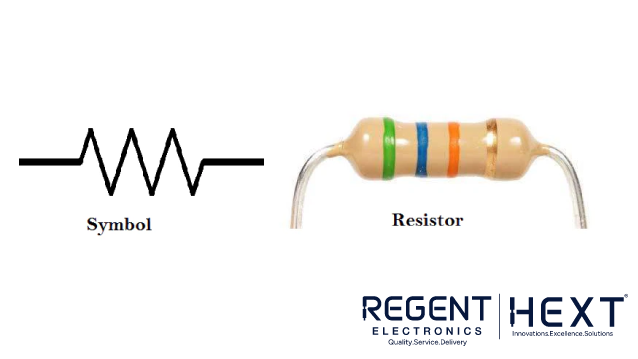
A resistor is a passive electronic component that resists the flow of electrical current in a circuit. It works by providing resistance to the flow of electrons, helping control current and voltage within a circuit. In simple terms, a resistor is designed to limit or regulate current flow to specific values, making it an essential component in various electronic devices.
Resistors are commonly found soldered onto printed circuit boards (PCBs) in everyday gadgets, from smartphones to household appliances. The value of resistance is measured in ohms (Ω), and Ohm’s Law (R = V/I) explains the relationship between Voltage (V), Current (I), and Resistance (R). This law, discovered by Georg Simon Ohm, plays a crucial role in understanding and designing electrical circuits.
How to Choose the Right Resistor for Your Circuit?
When selecting a resistor, it’s important to consider the following factors:
- Resistance Value: The resistance value should match the required specifications in your circuit design. This is typically measured in ohms (Ω).
- Power Rating: The resistor’s power rating indicates how much power it can dissipate without getting damaged. It is essential to choose a resistor with an appropriate power rating based on the current and voltage in the circuit.
- Tolerance: The tolerance value indicates the precision of the resistor. It tells you how much the actual resistance value may vary from the marked value.
- Type of Resistor: Different resistors have specific applications. For example, carbon film resistors are commonly used for general applications, while wire-wound resistors are suitable for high-power applications.
Types of Resistors and Their Applications
Resistors come in various types, each with its own unique characteristics. The most common types are carbon film resistors, metal oxide film resistors, and wire-wound resistors.

- Carbon Film Resistors: Made from carbon, these resistors are lightweight and have low temperature coefficients. They are best for general-purpose applications and are commonly used in consumer electronics.
- Metal Oxide Film Resistors: These resistors have higher power ratings and better stability than carbon film resistors, making them ideal for more demanding applications.
- Wire-Wound Resistors: These resistors are made by winding a wire around a core. They offer high power ratings and low tolerances, making them suitable for high-current applications.
- SMD Resistors (Surface-Mount Resistors): These resistors are smaller in size, making them perfect for compact PCBs. They come in two main types: thin-film (used in high-precision applications) and thick-film (popular in general applications).
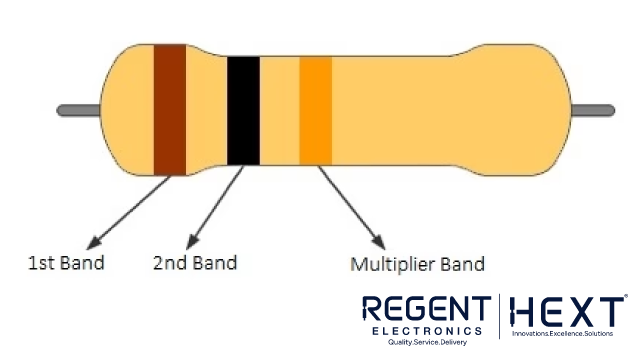
Resistor Color Codes: Understanding the Value
Resistors use a color-coding system to indicate their resistance value. The color bands on a resistor correspond to digits that represent the resistor’s value. A typical 4-band resistor color code includes two digits, a multiplier, and a tolerance value.
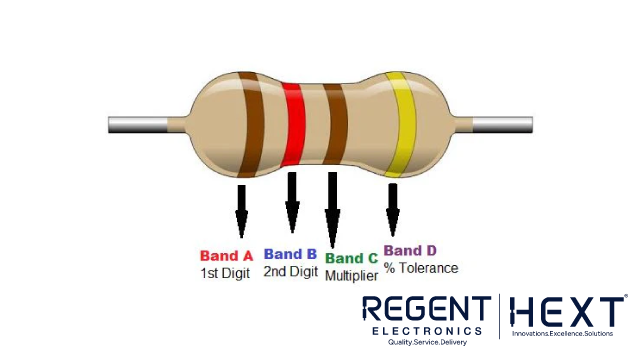
For example:
- 10kΩ Resistor: Brown, Black, Orange
- 1kΩ Resistor: Brown, Black, Red
- 1MΩ Resistor: Brown, Black, Green
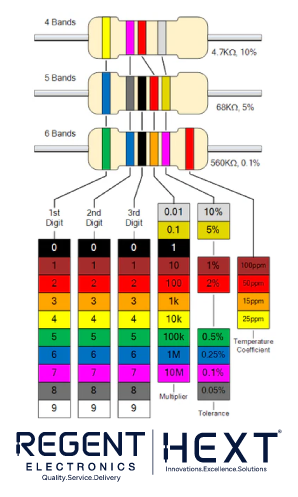
A 5-band resistor provides higher precision, with three digits, a multiplier, and tolerance. In more precise applications, 6-band resistors may also include a temperature coefficient.
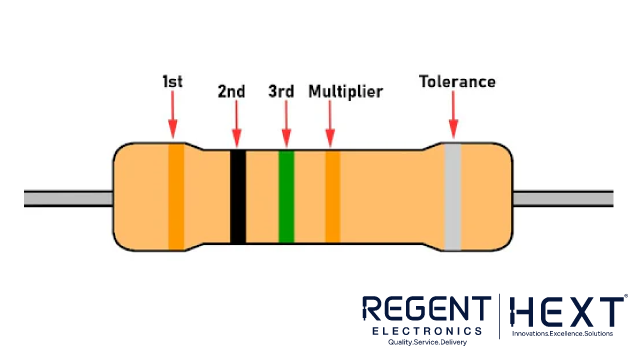
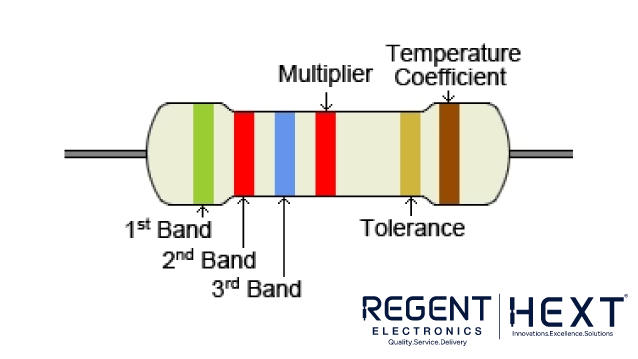
Series and Parallel Resistor Configurations
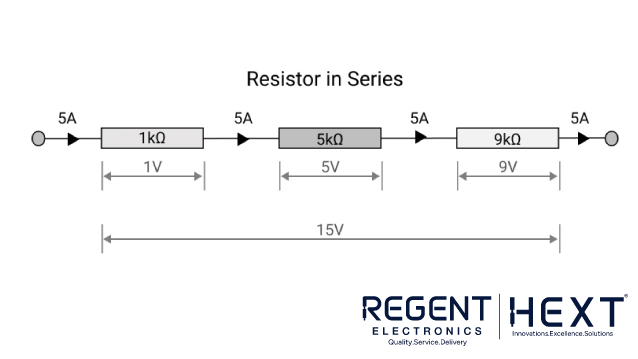
Resistors can be connected in series or parallel, affecting the total resistance in the circuit.
- Resistors in Series: The total resistance is the sum of individual resistances. For example, if three resistors (1kΩ, 5kΩ, and 9kΩ) are connected in series, the total resistance will be 15kΩ.
Formula: R_total = R1 + R2 + R3
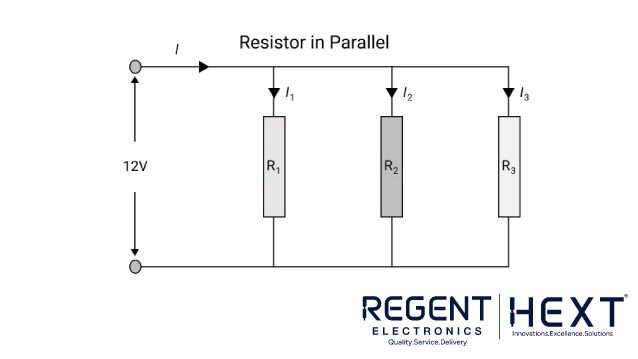
- Resistors in Parallel: The total resistance is calculated using the reciprocal formula, where the inverse of the total resistance is the sum of the inverses of individual resistances.
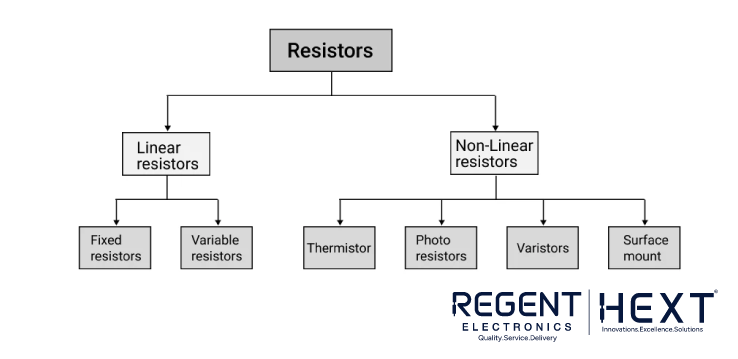
Formula: 1/R_total = 1/R1 + 1/R2 + 1/R3
In parallel configurations, the total voltage across all resistors is the same, while the current splits between the resistors.
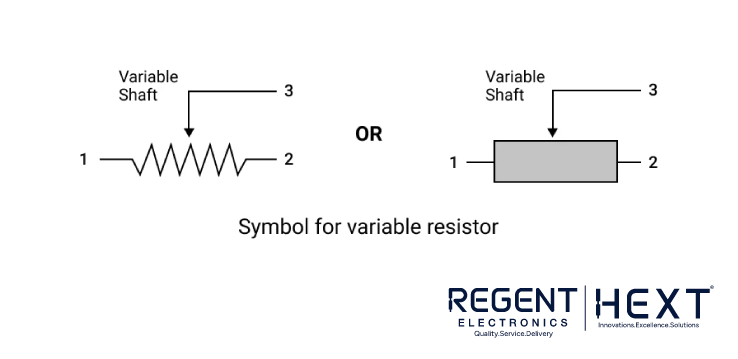

Power Rating: Why It’s Important
The power rating of a resistor is crucial because it determines how much power the resistor can safely dissipate without overheating or failing. If the current exceeds the power rating, the resistor may overheat and potentially be damaged. When choosing a resistor, make sure to select one with a power rating higher than the expected power dissipation in the circuit.
Conclusion: Choosing the Right Resistor for Your Electronics
Selecting the right resistor is a vital step in ensuring the proper functioning of any electronic circuit. Whether you’re working on a simple project or a complex design, understanding the key factors such as resistance, power rating, tolerance, and resistor type will help you make the best choices. With a wide variety of resistors available, from carbon film to SMD resistors, it’s important to choose the one that matches your specific application.
At Regent Electronics, we offer a range of high-quality resistors to meet the needs of any electronic project. Whether you’re a hobbyist or a professional, our reliable and precise resistors can help you build robust and efficient circuits. Stay tuned for more expert advice on passive components and other essential electronics!
